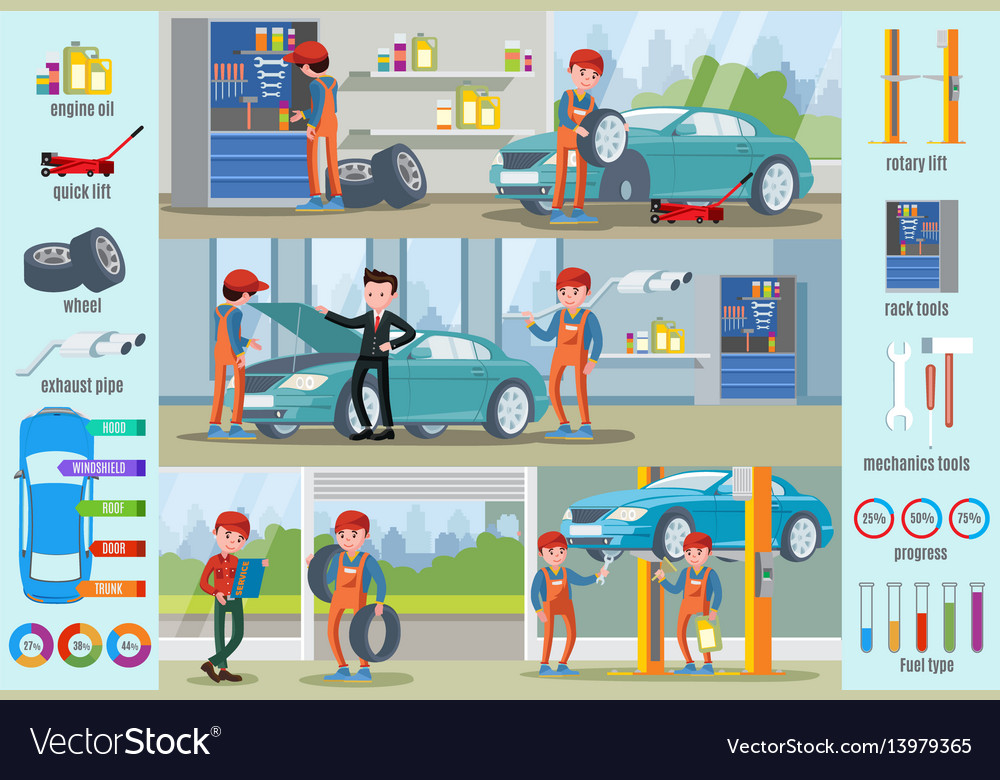When you lag the wheel, those radiant warning lights on your dashboard can be a little bit perplexing. Do you understand what they're trying to inform you about your vehicle's health? Recognizing the relevance of these lights is important for your security and the long life of your vehicle. So, the following time among those lights pops up, would not you intend to decipher its message precisely and take the essential actions to resolve it?
Common Warning Lights and Interpretations
Identify usual caution lights in your vehicle and understand their definitions to make certain secure driving.
One of the most normal caution lights include the check engine light, which indicates issues with the engine or discharges system. If this light comes on, it's vital to have your car inspected without delay.
The oil stress alerting light indicates low oil stress, requiring instant focus to stop engine damages.
A blinking battery light might suggest a faulty charging system, possibly leaving you stranded if not addressed.
The tire pressure surveillance system (TPMS) light alerts you to low tire stress, impacting car security and fuel performance. Overlooking this can bring about harmful driving problems.
The abdominal light indicates a trouble with the anti-lock stopping system, jeopardizing your capacity to quit promptly in emergency situations.
Finally, the coolant temperature advising light warns of engine getting too hot, which can result in serious damages otherwise dealt with promptly.
Comprehending car washing business near me will certainly aid you address issues quickly and maintain secure driving problems.
Value of Prompt Focus
Recognizing the typical caution lights in your car is just the primary step; the importance of without delay attending to these warnings can not be highlighted sufficient to guarantee your security when driving.
When a caution light brightens on your control panel, it's your vehicle's means of communicating a prospective concern that requires focus. Disregarding deep clean car interior can cause more serious troubles in the future, endangering your safety and possibly costing you much more in repairs.
Motivate attention to cautioning lights can stop break downs and accidents. As cardetailingmangere , a flashing check engine light could indicate a misfire that, if left neglected, can trigger damages to the catalytic converter. Addressing this promptly can conserve you from a costly fixing.
In rv wash and wax service , a brake system alerting light may indicate low brake fluid or used brake pads, vital parts for your security when driving.
Do It Yourself Troubleshooting Tips
If you see a warning light on your dashboard, there are a couple of do it yourself repairing ideas you can try prior to looking for expert assistance.
The primary step is to consult your auto's handbook to understand what the particular caution light indicates. In some cases the concern can be as easy as a loosened gas cap triggering the check engine light. Tightening the gas cap may fix the issue.
An additional usual problem is a reduced battery, which can set off numerous warning lights. Examining the battery connections for rust and guaranteeing they're safe could fix the problem.
If a warning light persists, you can attempt resetting it by detaching the auto's battery for a few mins and then reconnecting it. Additionally, inspecting your lorry's liquid levels, such as oil, coolant, and brake fluid, can assist repair alerting lights connected to these systems.
Final thought
In conclusion, understanding your car's warning lights is important for maintaining your lorry running efficiently and safely. By quickly addressing these notifies and understanding what they mean, you can stay clear of expensive repair work and possible failures.
Bear in mind to consult your vehicle's manual for certain information on each cautioning light and act as necessary to ensure a trouble-free driving experience.
Keep educated, remain secure when driving!
